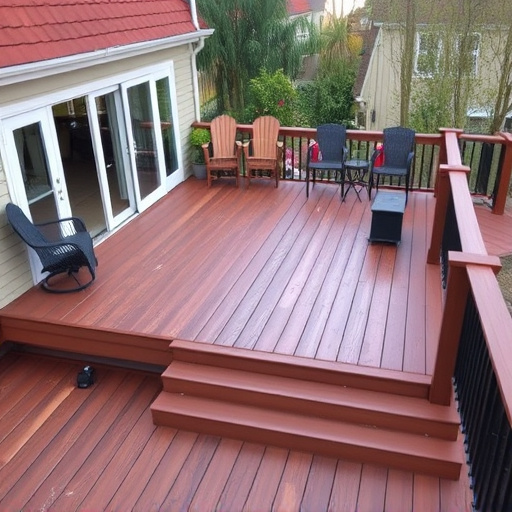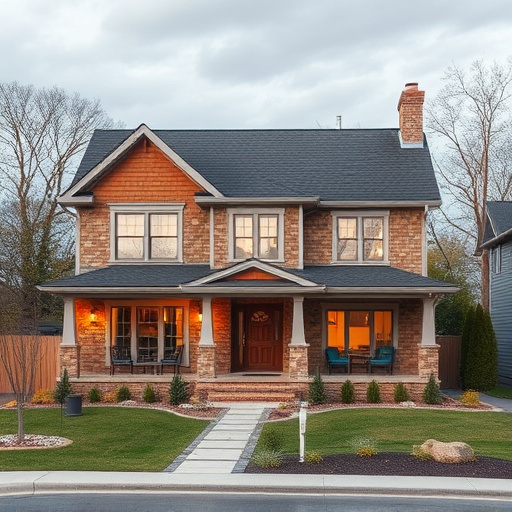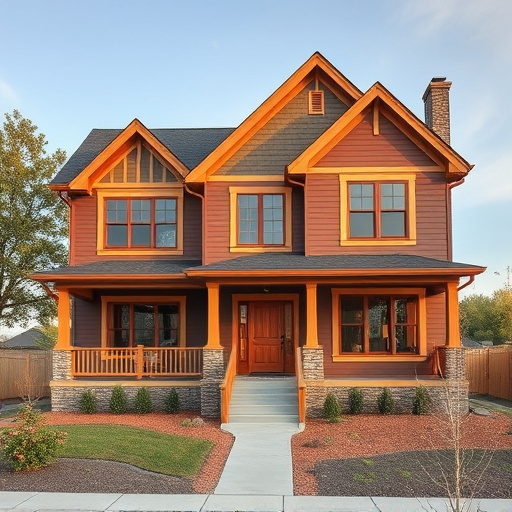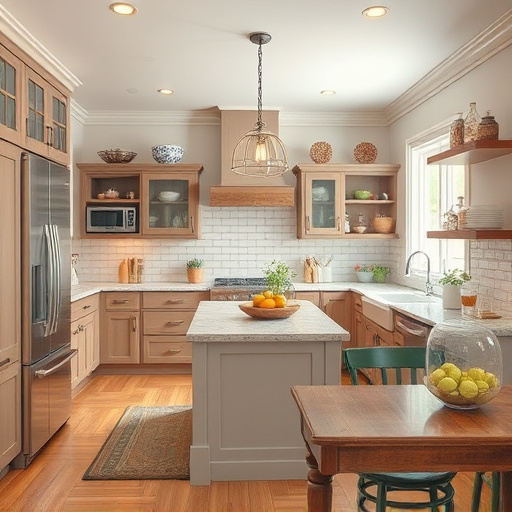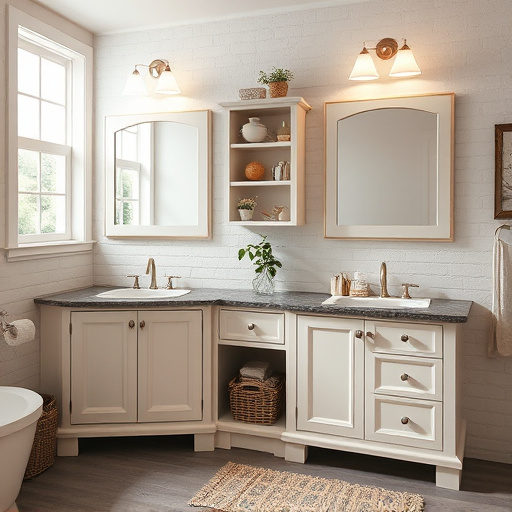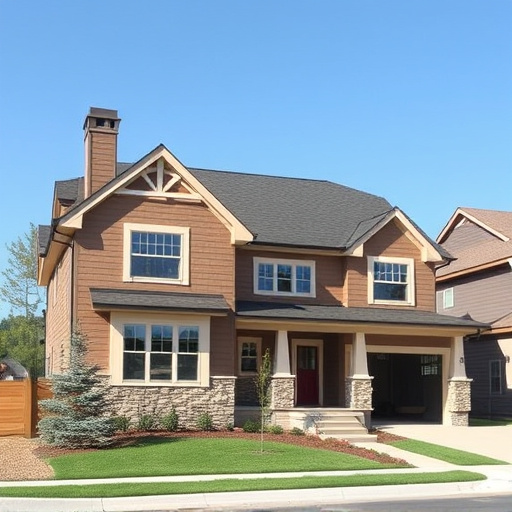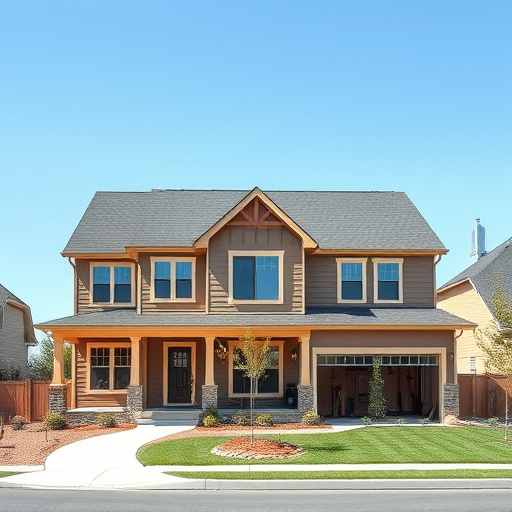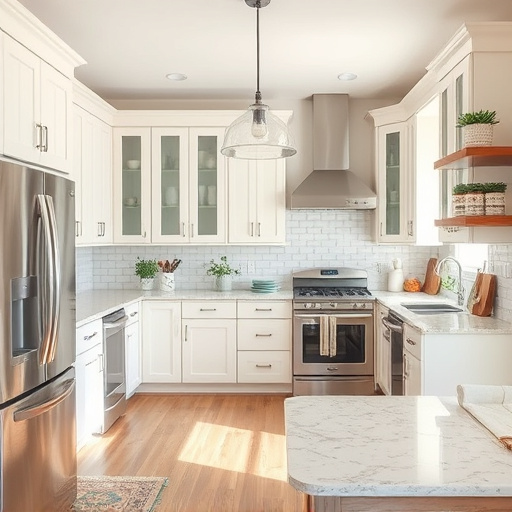Lighting layers, combining overhead, accent, and task lights, are vital for modern home interiors design. They dramatically alter spaces' moods and functionalities, enhancing aesthetic appeal in renovations. Balancing soft and hard lighting creates adaptable environments, catering to diverse activities while optimizing overall home interiors charm. Strategic lighting for various areas, from warm living rooms to functional kitchens, uses layered lighting techniques to achieve inviting, practical home interiors.
Discover how lighting layers transform your home interiors into inviting spaces with a unique ambience. This article explores the art of understanding and utilizing various lighting techniques, delving into the contrast between soft and hard lighting, and offering strategic insights for optimizing different living areas. From cozy corners to vibrant entertaining zones, learn how thoughtful lighting layers enhance aesthetics, set moods, and elevate your home’s overall allure.
- Understanding Lighting Layers in Home Interiors
- The Impact of Soft vs. Hard Lighting on Ambiance
- Strategizing Lighting for Different Living Spaces
Understanding Lighting Layers in Home Interiors
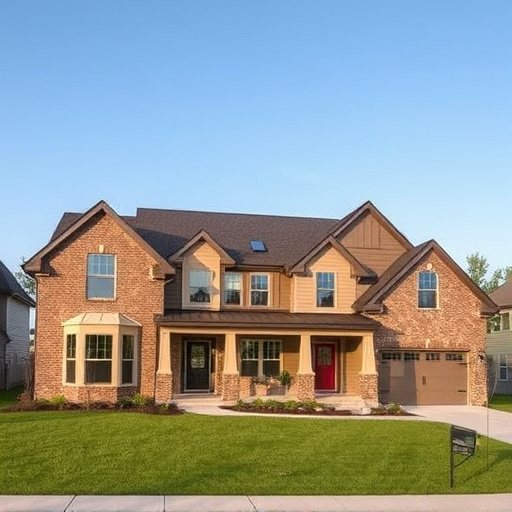
Lighting layers are a fundamental concept in modern home interiors, offering a versatile way to enhance ambiance and create diverse atmospheres. By layering different types of lighting, designers can manipulate the overall mood and functionality of a space. This involves combining overhead lighting, such as ceiling fixtures or chandeliers, with strategic placement of accent lights and task lighting.
In the context of residential renovations and home remodeling, understanding lighting layers is key to crafting inviting and well-proportioned spaces. Customized home renovations often involve careful consideration of these lighting elements to create a harmonious balance between form and function. Whether it’s a cozy reading nook illuminated by a floor lamp or a dining area bathed in warm glow from pendant lights, each layer contributes to the overall aesthetic and usability of the home interiors.
The Impact of Soft vs. Hard Lighting on Ambiance
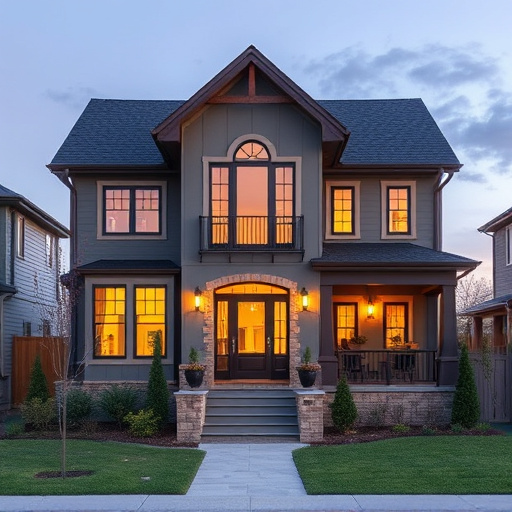
The ambiance of a space is profoundly influenced by the type of lighting chosen. Soft lighting creates a cozy and intimate atmosphere, ideal for relaxing settings like bedrooms or living rooms. It can be achieved through the strategic placement of lampshades, dimmer switches, or layer lights that diffuse bright, direct light. This subtle approach enhances the overall aesthetics of home interiors, fostering a sense of calm and tranquility.
In contrast, hard lighting delivers a sharp, focused beam, perfect for task-oriented areas like kitchens or offices where clear visibility is paramount. However, in overabundance, it can make home spaces feel clinical and impersonal. Balancing soft and hard lighting through customized home renovations or strategic additions during home transformations allows for the creation of dynamic and adaptable interiors that cater to various moods and activities.
Strategizing Lighting for Different Living Spaces
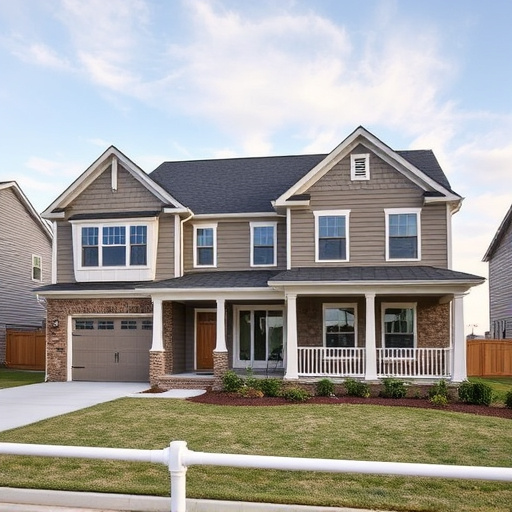
When strategizing lighting for different living spaces within a home, understanding each area’s unique purpose and character is key. For example, in living rooms and dining areas, ambient lighting creates a warm and inviting atmosphere, while task lighting ensures functionality during activities like reading or preparing meals. In contrast, bedrooms often require softer, more diffused light to promote relaxation and sleep.
In kitchens and baths, where tasks demand precise focus, focused, directional lighting is ideal for preparation and safety. Consider layering these types of lighting—ambient, task, and accent—to achieve a well-rounded, inviting, and practical home transformation across all interior spaces. This approach enhances the overall ambiance, ensuring each area serves its intended function while contributing to a cohesive, aesthetically pleasing home interiors design.
Lighting layers are a powerful tool for transforming any home interior, offering both aesthetic appeal and functional versatility. By combining soft and hard lighting strategically, you can create ambient atmospheres that cater to various activities and moods. Understanding these lighting layers allows for thoughtful design choices, ensuring your living spaces are not only well-lit but also inviting and comfortable. Incorporating these principles into your home interiors can elevate the overall experience, making each room a delightful haven.

